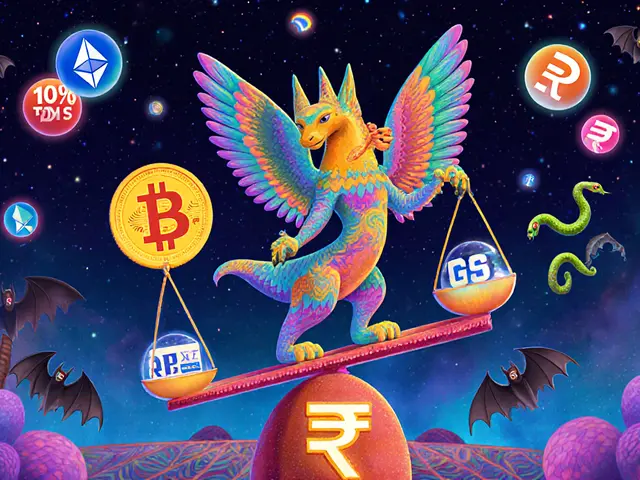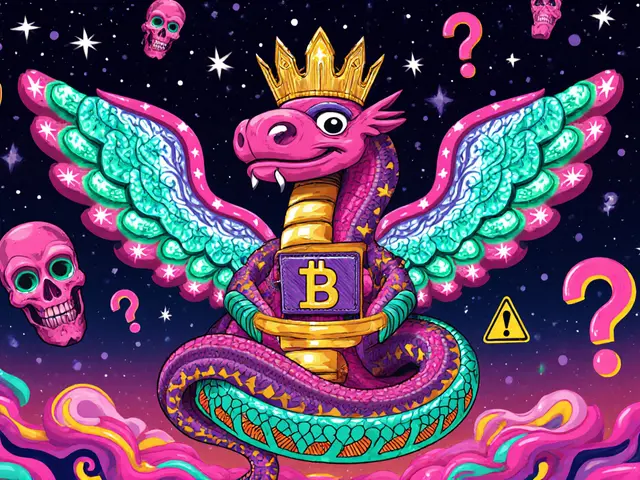Stablecoins in Argentina: How Digital Dollars Are Changing Money
When the Argentine peso, the national currency that has lost over 90% of its value since 2018 keeps dropping, people don’t wait for government fixes—they find their own tools. That’s where stablecoins, digital tokens pegged 1:1 to the U.S. dollar to avoid crypto volatility come in. In Argentina, stablecoins like USDT, Tether’s dollar-backed token and the most widely used in Latin America aren’t just investments—they’re lifelines. People use them to buy groceries, pay rent, send money to family overseas, and even save for emergencies without losing half their cash to inflation every year.
It’s not magic. It’s practical. A teacher in Córdoba earns in pesos but pays her phone bill in USDT because the exchange rate is stable. A small shop owner in Rosario accepts USDC to avoid losing value between the time a customer pays and when she can buy new stock. And when someone needs to send money to a sibling in Spain, they skip Western Union’s 10% fee and send USDT via Telegram or a local peer-to-peer app for under 1%. These aren’t crypto traders. These are regular people using technology to outsmart a broken system. The government doesn’t endorse it. Banks don’t promote it. But millions use it anyway—because it works.
What makes stablecoins different here is that they’re not about getting rich. They’re about not losing everything. While other countries chase DeFi yields or NFT flips, Argentinians use stablecoins like cash—with the same urgency you’d use a wallet full of dollars. And that’s why the posts below cover real cases: how people buy groceries with USDT, how local businesses avoid currency controls, why some banks quietly turn a blind eye, and how scams target those new to digital money. You won’t find fluff here. Just what people are actually doing—with their phones, their savings, and their survival on the line.










